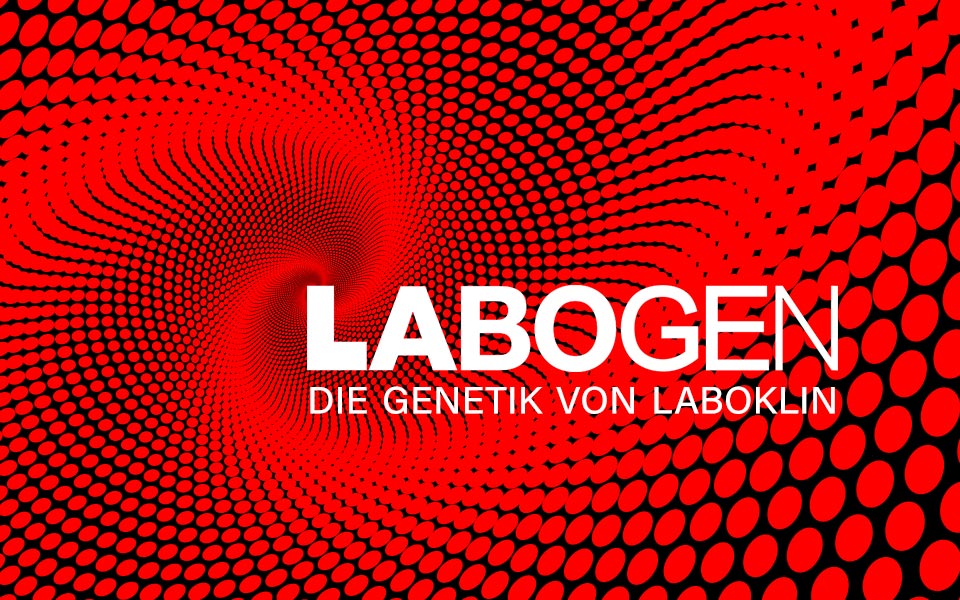Copper storage disease / Copper toxicosis (CT) – Bedlington Terrier
Copper storage disease / Copper toxicosis (CT) - Bedlington Terrier
General description
Copper toxicosis in Bedlington Terriers is based on a disturbance of the copper metabolism, resulting in an accumulation of copper in the liver and other organs. The following symptoms typically could be obeserved at the adult age: reduced activity, lack of appetit, excessive thirst, vomiting, loss of weight, icterus, ascites and neurological disorders.
Breeds
Bedlington Terrier
Order details
| Test number | 8735 |
| Abbreviation | CT |
| Sample material | 0.5 ml EDTA blood, 2x cheek swab, 1x special swab (eNAT) |
| Test duration | 7-14 working days |
Test specifications
| Symptom complex | systemic |
| Inheritance | autosomal recessive |
| Age of onset | 3 years |
| Causality | causally |
| Gene | COMMD1 |
| Mutation | INS |
| Literature | OMIA:001988-9615 |
Detailed description
Copper toxicosis in Bedlington Terriers is based on a disturbance of the copper metabolism, resulting in an accumulation of copper in the liver and other organs. Copper is an essential trace element that plays an important part in many biological and enzymatic prozesses. On the other hand, copper could be very toxic when normal levels are exceeded. Free radicals can form that cause damage to lipids, proteins and DNA. Copper is absorbed from food or drinking water in the gastrointestinal tract. The transport protein ATP7A, located in the enterocytes of the intestine, transports the copper from the intestinal lumen to the blood circulation. From there, the copper is transported to the liver, where it is incorporated in proteins, stored or transported to other organs. The transporter protein ATP7B regulates the copper concentration of the lever by transporting the excessive copper to the bile for excretion. In the breed Bedlington Terrier, a genetic variantof the COMMD1 gene (former MURR1) has been found to cause copper toxicosis. The COMMD1 protein interacts with the ATP7B transporter and regulates the copper concentration of the liver. Due to the COMMD1 variant, the impaired excretion leads to extremely high copper concentrations of the liver. In healthy dogs, concentrations of < 400µg/g dry weight are usual, while in affected Bedlington Terriers concentrations >10.000 µg/g can be found. At the beginning of the disease, affected dogs do not show any symptoms. Later, they suffer from hepatitis, progressive cirrhosis of the liver, apoptotic cell death and premature death. The following symptoms typically could be obeserved at the adult age: reduced activity, lack of appetit, excessive thirst, vomiting, loss of weight, icterus, ascites and neurological disorders. Because of the release of copper in the bloodstream, hemolytic anemia could occur. Copper toxicosis could be treated by a diat with low copper concentrations, by the application of chelating substances (enhances the copper excretion) or zinc (reduces the copper absorption of the liver). At dogs with disctinct symptoms, a combination of several treatment options could be necessary.




